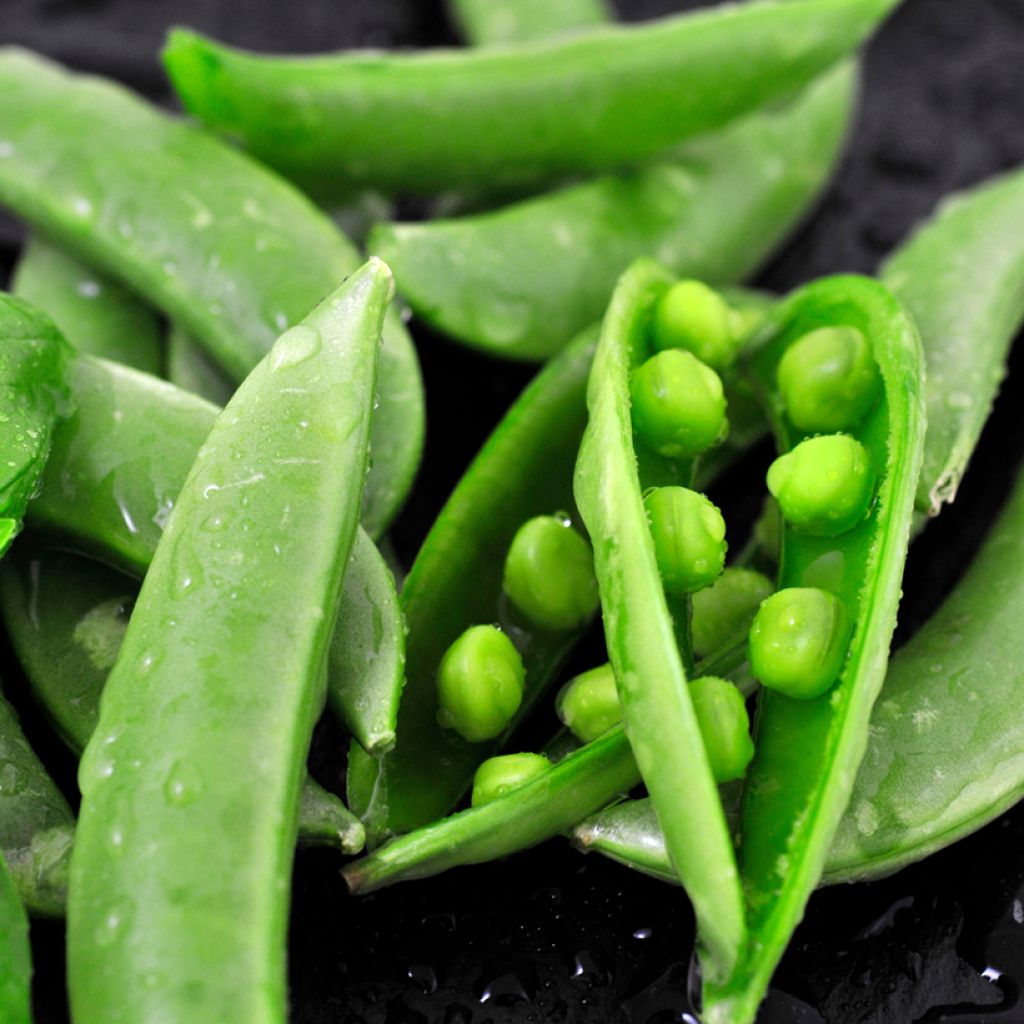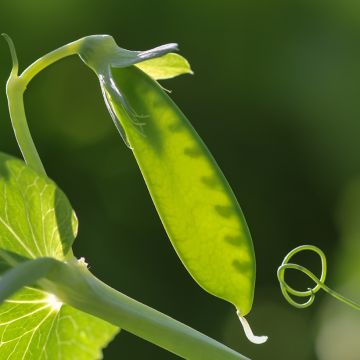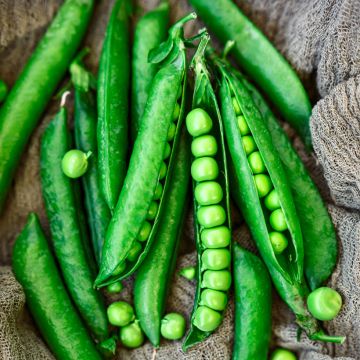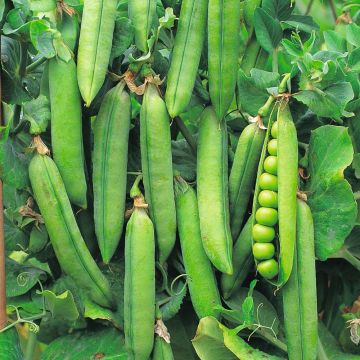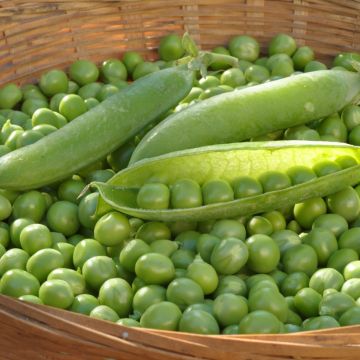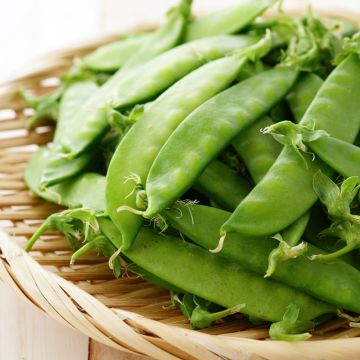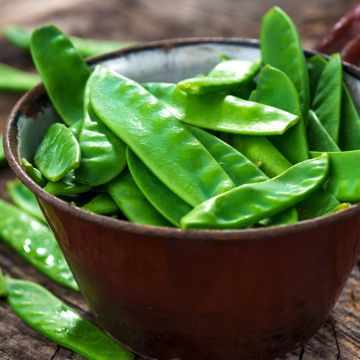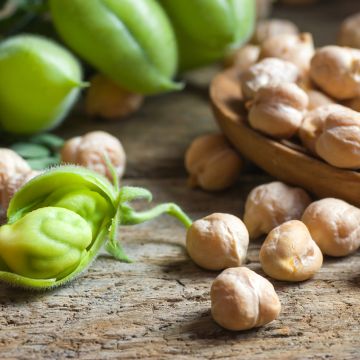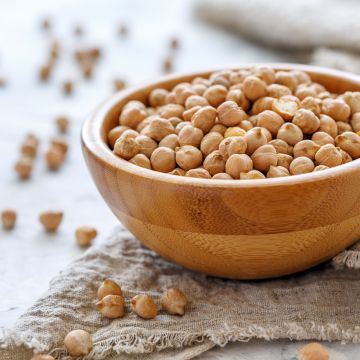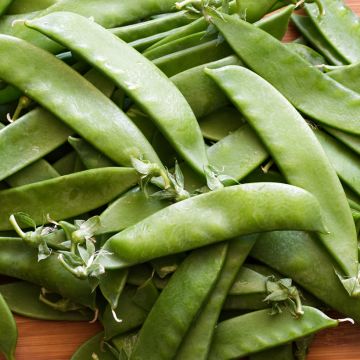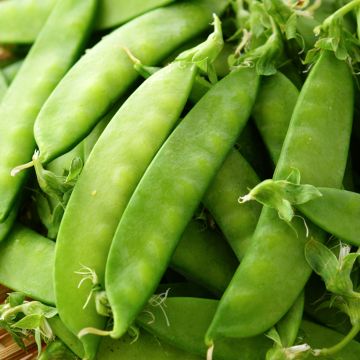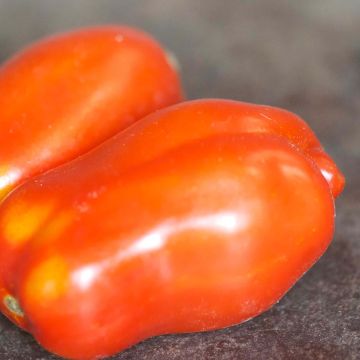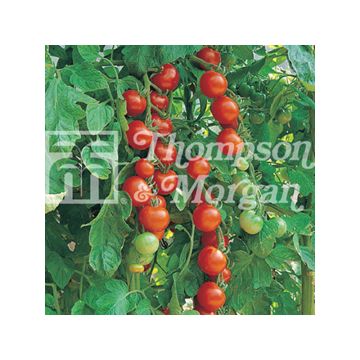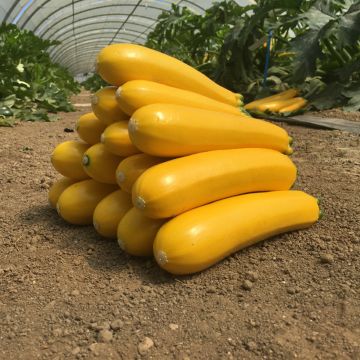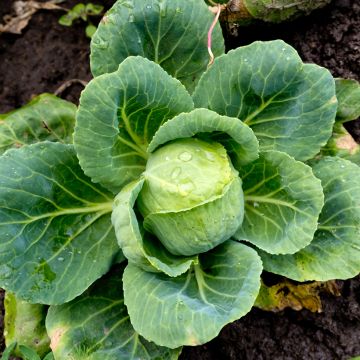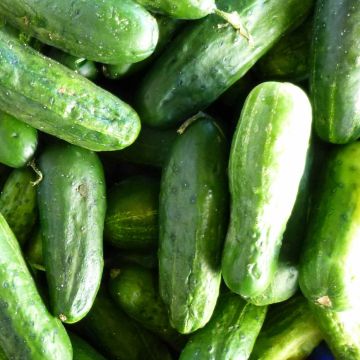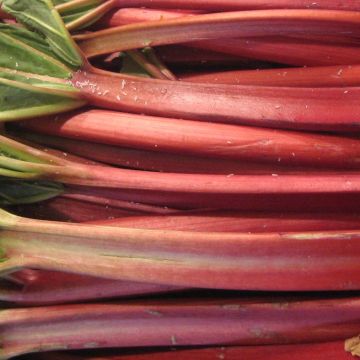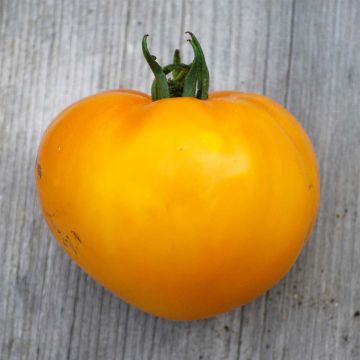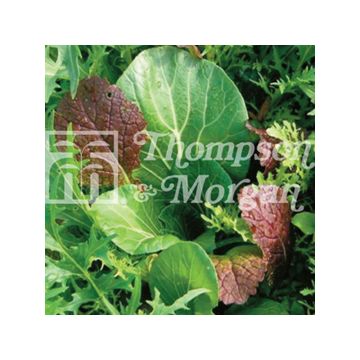The Pea (Pisum sativum) is an annual vegetable plant belonging to the Fabaceae family, formerly known as Leguminosae. It originates from the Near East. It is one of the oldest vegetables cultivated in Europe and Asia. Originally consumed in dry and crushed form before cooking, its use as a fresh vegetable is relatively recent.
There are numerous varieties of peas, whether dwarf or climbing (pole), producing pods containing round, smooth, or wrinkled peas. These peas are usually shelled before cooking, as their parchment-like pods are not edible, except for snow peas, whose flat and crunchy pods are eaten whole.
In general, climbing peas are more productive but less early-maturing. They require structures 1.5 to 2 metres high to support their growth. On the other hand, dwarf or semi-dwarf peas, reaching between 50 cm and 1 metre in height, require little support, and some modern varieties, equipped with tendrils, do not require any at all.
For late spring or early summer sowings, wrinkled seed varieties are preferred due to their heat tolerance and sweeter flavour, offering extended harvests. Smooth seed peas are suitable for early sowings, as they withstand spring cold well. However, they do not tolerate high temperatures well.
This vegetable is particularly appreciated in spring, but by judiciously selecting varieties, it is possible to harvest peas over an extended period, from June to September. Peas prefer mild and humid climates; they are sensitive to extreme conditions such as high temperatures, frosts, or irregular water management, which can promote the appearance of diseases like powdery mildew or attacks by the pea moth, a caterpillar that targets the seeds.
In cooking, peas can be eaten raw but are more often cooked to accompany meats, fish, or soups. Peas are rich in carbohydrates, fibre, iron, and vitamins C and B9, making them a nutritious and slightly calorific vegetable.
Harvesting takes place 2.5 to 4 months after sowing, depending on the varieties. It is important to regularly pick well-filled pods to prevent them from hardening as they age. Fresh peas can be stored unshelled in the vegetable drawer of the refrigerator, and they freeze very well after a quick blanching.
Finally, peas have the ability to fix nitrogen from the air into the soil, acting as a natural green manure. This benefit not only helps neighbouring crops but also subsequent ones, as part of an effective crop rotation.



































